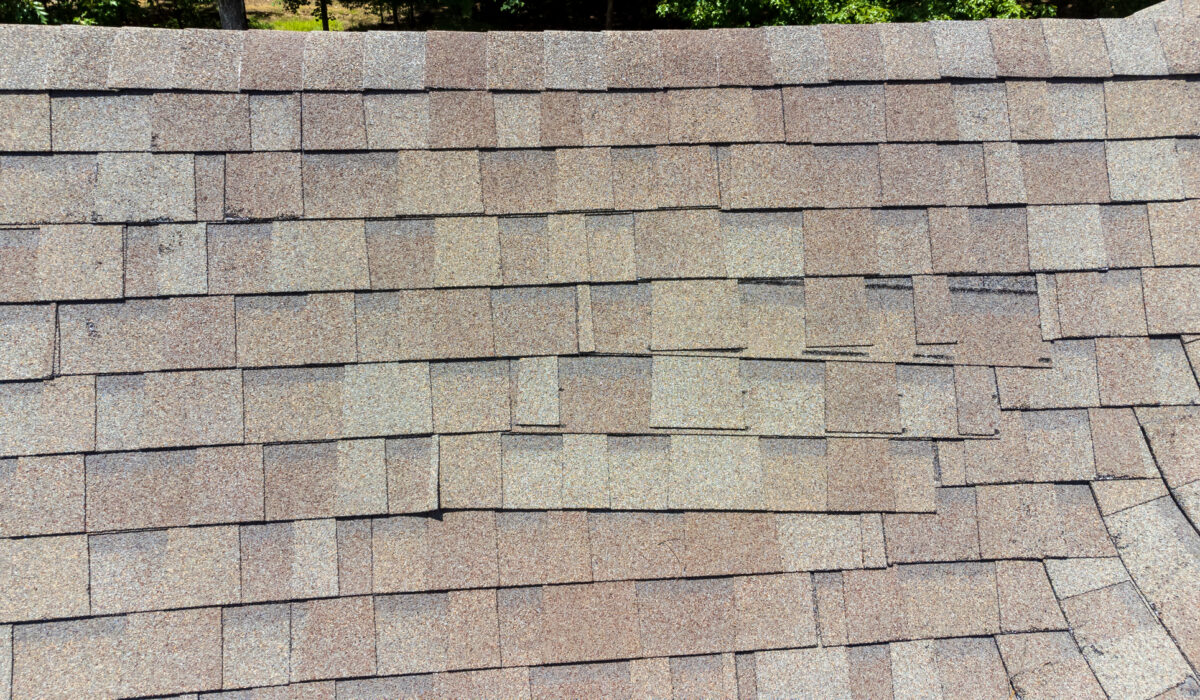Why You Should Prioritize a Roof Inspection After a Storm
Storms can be unpredictable and destructive, leaving a path of damage in their wake. While fallen trees and flooded basements are obvious signs of trouble, your roof may have sustained damage that isn’t immediately visible but could lead to serious issues if left unchecked. That’s why a thorough roof inspection after a storm is not just a good idea—it’s essential for maintaining the safety and integrity of your home.
The Hidden Dangers of Storm Damage
The roof is your home’s primary defense against the elements, bearing the brunt of wind, rain, hail, and debris during a storm. Even if your roof looks intact from the ground, there could be hidden damage that can compromise its ability to protect your home. Here are some of the risks associated with uninspected storm damage:
1.Water Infiltration: One of the most common consequences of storm damage is water infiltration. Even a small gap in the roofing material can allow water to seep in, leading to leaks that can damage insulation, ceilings, walls, and even electrical systems. Over time, this can also lead to mold growth, which poses health risks and requires costly remediation.
2.Structural Compromise: Storms can weaken the structural integrity of your roof. High winds might loosen shingles or cause them to lift, while hail can create cracks or punctures. These seemingly minor issues can weaken your roof’s overall structure, making it more vulnerable to future storms or even collapse in extreme cases.
3.Escalating Repair Costs: What might start as a small, unnoticed issue can quickly escalate into a major problem if not addressed promptly. A minor leak can turn into significant water damage, requiring extensive repairs not just to the roof but to the interior of your home as well. Early detection through a roof inspection can save you from these costly repairs.
4.Decreased Energy Efficiency: Damage to your roof can also affect your home’s energy efficiency. Gaps, cracks, or missing shingles can allow air to escape, making it harder to regulate the temperature inside your home. This leads to higher energy bills as your heating and cooling systems work harder to maintain a comfortable environment.
The Process of a Professional Roof Inspection
After a storm, it’s important to have your roof inspected by a professional who knows what to look for. A comprehensive roof inspection involves several key steps to ensure that all potential issues are identified:
1.Visual Inspection from the Ground: The inspection typically begins with a visual assessment from the ground. The inspector will look for obvious signs of damage, such as missing shingles, sagging areas, or debris on the roof.
2.Close-Up Roof Inspection: The inspector will then get up on the roof to examine it more closely. They’ll check for cracked, curled, or lifted shingles, as well as any punctures or dents caused by hail or flying debris. The inspector will also examine the flashing around chimneys, vents, and skylights to ensure it’s still intact and sealed properly.
3.Gutter and Downspout Inspection: Gutters and downspouts play a critical role in directing water away from your home. The inspector will check these components for any signs of damage or blockages that could cause water to back up and damage the roof or foundation.
4.Attic Examination: A thorough roof inspection should also include an examination of the attic. The inspector will look for signs of water intrusion, such as stains on the ceiling or damp insulation, which could indicate a leak.
5.Documentation of Findings: After the inspection, the roofing contractor will provide a detailed report outlining any damage found, along with recommendations for repairs. This documentation is also crucial if you need to file an insurance claim.
The Importance of Timely Repairs
If your roof inspection reveals any damage, it’s important to address it as soon as possible. Delaying repairs can lead to more extensive damage and higher costs down the line. In some cases, small issues can quickly escalate—what starts as a minor leak can turn into significant water damage, leading to mold growth or even structural problems.
Timely repairs not only prevent further damage but also ensure that your home remains safe and secure. Additionally, prompt action can preserve your home’s value, as a well-maintained roof is a key factor in your home’s overall condition and marketability.
Proactive Measures for Future Storms
In addition to addressing immediate damage, a post-storm roof inspection provides an opportunity to strengthen your roof against future storms. Depending on your location and the frequency of severe weather, your roofing contractor may recommend upgrading to more durable materials, such as impact-resistant shingles, or reinforcing certain areas of your roof to better withstand extreme conditions.
Conclusion: Don’t Overlook Your Roof After a Storm
While it’s easy to focus on the more obvious storm damage around your property, your roof should not be overlooked. A professional roof inspection after a storm is a critical step in ensuring the continued protection of your home. By identifying and repairing damage early, you can avoid costly repairs, maintain your home’s value, and have peace of mind knowing that your roof is in good condition. Don’t wait until the next storm—schedule a roof inspection today to keep your home safe and sound.

